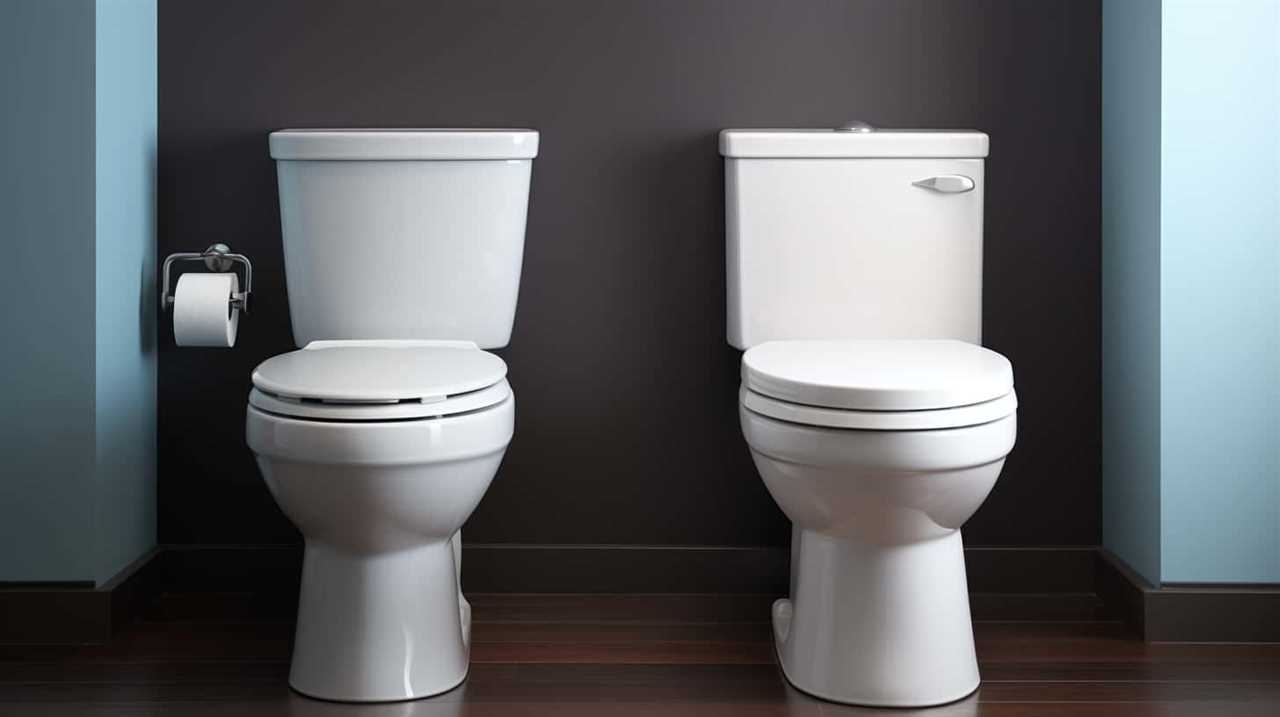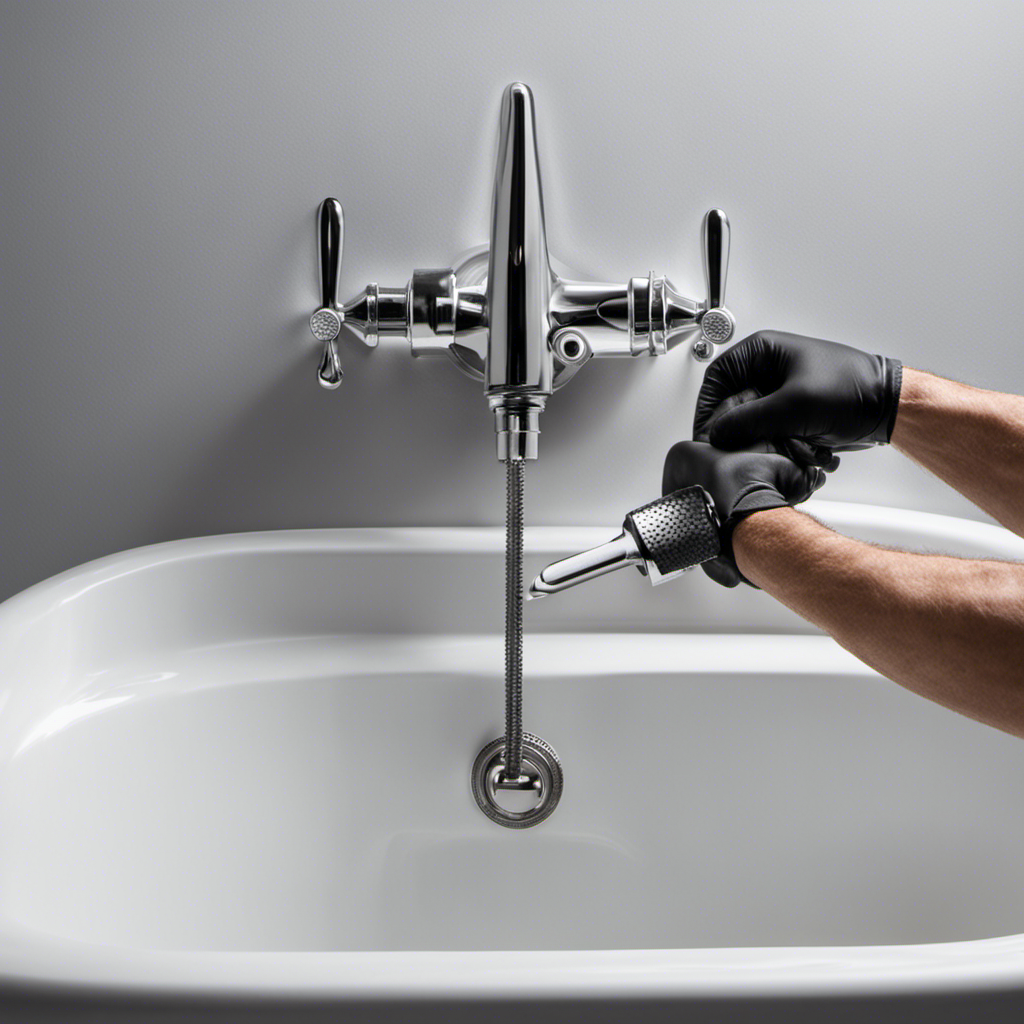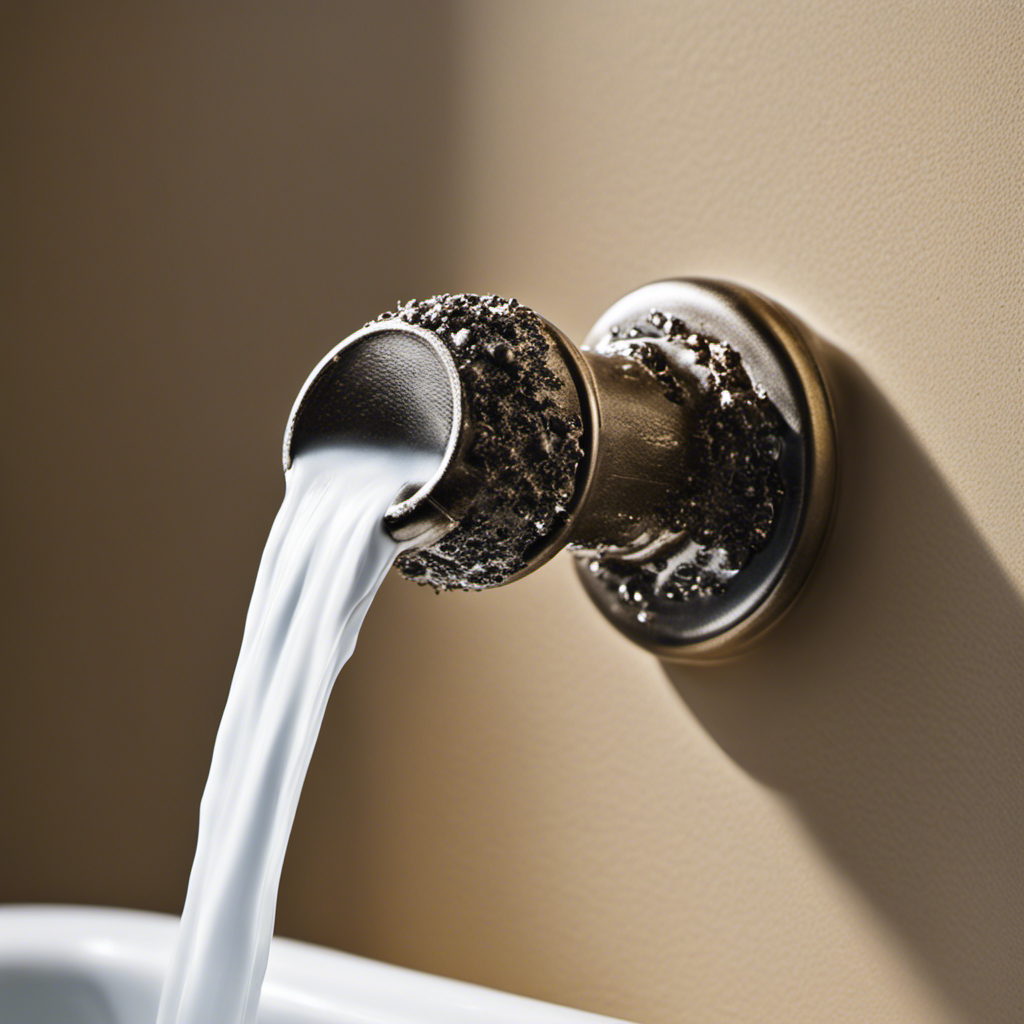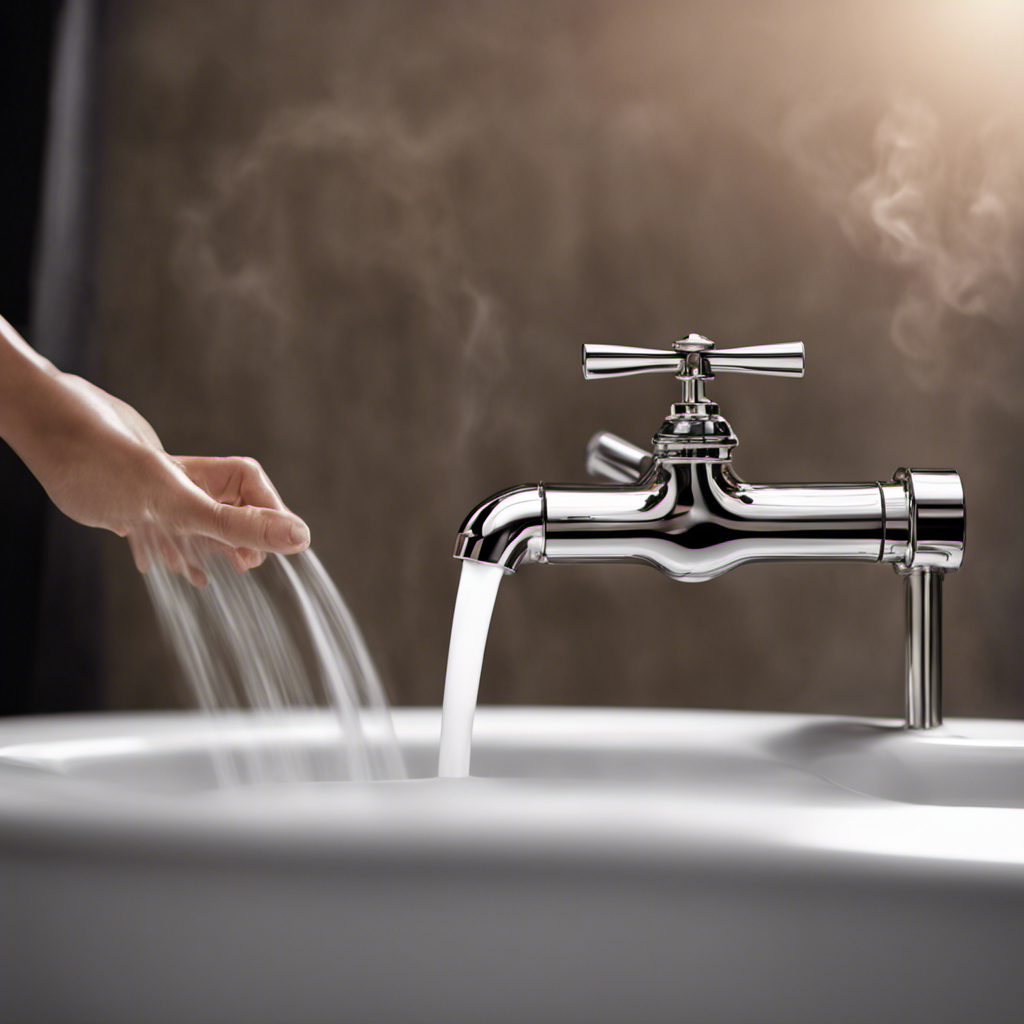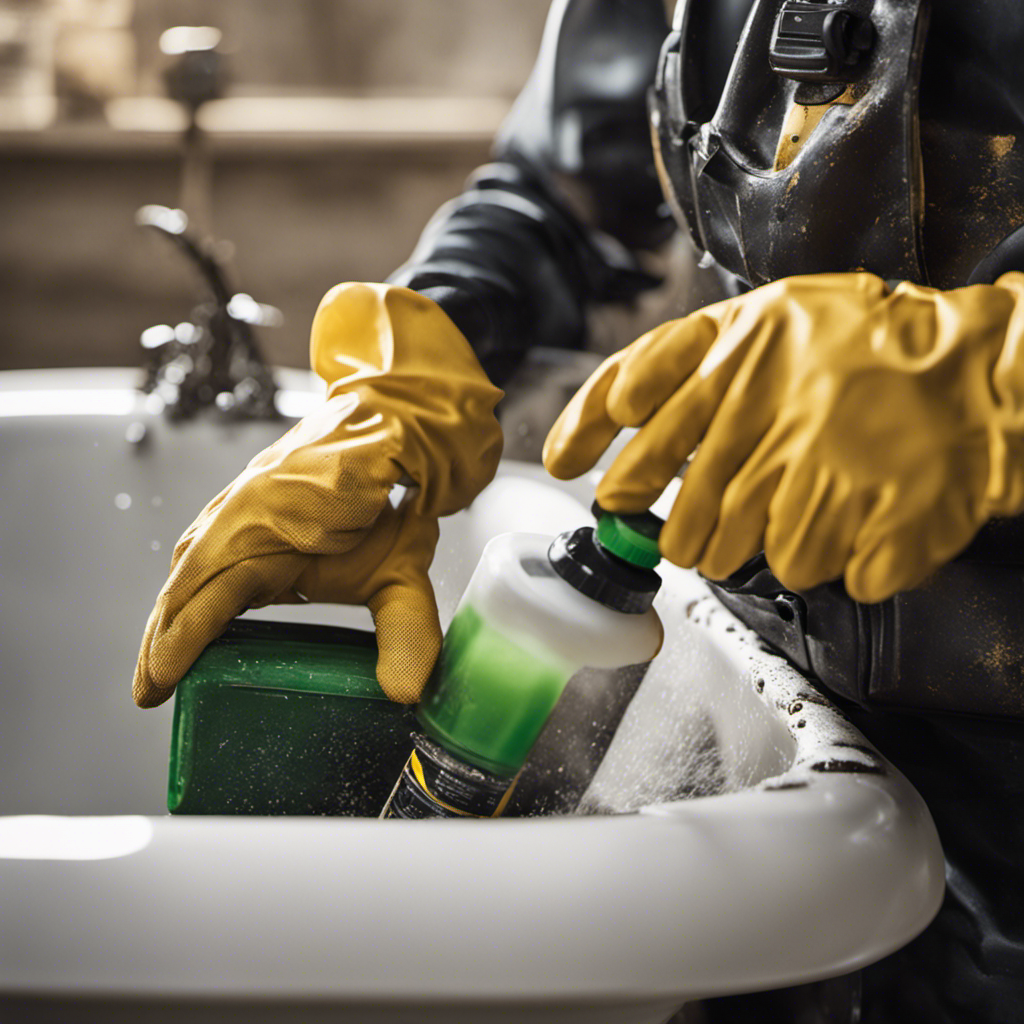As owners of our space, we frequently consider the safety of routine behaviors. One question we’ve considered is if it’s safe to flush dental floss down the toilet.
In this informative article, we will delve into the potential consequences of this seemingly innocent act. From the impact on plumbing systems to the environmental implications, we will explore the facts and provide safer alternatives for floss disposal.
So, let us embark on this journey of knowledge together.
Key Takeaways
- Flushing floss down the toilet can cause clogs in the plumbing system.
- Floss is not biodegradable and can get tangled with other debris in the pipes.
- Flushing floss contributes to environmental pollution, as it can break down into harmful microplastics in water bodies.
- Safe alternatives for floss disposal include using biodegradable floss and disposing of it in the trash instead of flushing it down the toilet.
Potential Consequences of Flushing Floss
One potential consequence of flushing floss down the toilet is that it can cause clogs in the plumbing system. Floss isn’t biodegradable and can easily get tangled with other debris in the pipes, leading to blockages. These blockages can result in backups, leaks, and even burst pipes if left untreated. Therefore, it’s important to be mindful of how we dispose of used dental floss. Many people may be tempted to simply flush it down the toilet without giving it a second thought. However, it’s crucial to properly dispose of floss in the trash to prevent any potential damage to the plumbing system.

Moving forward, let’s explore the impact that flushing floss down the toilet can have on plumbing systems.
Impact on Plumbing Systems
Flushing floss down the toilet can have detrimental effects on plumbing systems, potentially leading to clogs and damage. When floss is flushed, it can become entangled with other debris, such as hair and toilet paper, causing blockages in the pipes. Over time, these blockages can lead to water backup, resulting in water damage to the surrounding areas.
Furthermore, the floss itself isn’t biodegradable and can accumulate in the pipes, further contributing to clogs. The accumulation of floss can also cause damage to the plumbing system, leading to costly repairs. It’s important to note that even if the floss appears to flush down smoothly, it can still get caught in the pipes further down the line, eventually causing clogs and plumbing issues.
It’s best to dispose of floss in the trash to prevent these potential problems.

Environmental Implications
When we flush floss down the toilet, we contribute to potential environmental implications. Here are three reasons why floss pollution and water treatment challenges arise from this practice:
- Microplastic Pollution: Floss is typically made of plastic, which doesn’t biodegrade easily. When flushed, it can end up in water bodies, where it breaks down into harmful microplastics. These tiny particles can be ingested by marine life, causing harm to ecosystems.
- Clogging and Maintenance: Floss can accumulate in sewage pipes and cause blockages. This leads to increased maintenance costs for water treatment facilities, as they’ve to remove these obstructions to ensure proper functioning.
- Wastewater Treatment Challenges: Floss isn’t easily captured by conventional wastewater treatment processes. Due to its small size and composition, it can bypass filtration systems and end up in the environment, contributing to pollution and negatively impacting water quality.
To mitigate these environmental implications, it’s important to dispose of floss properly in the trash, rather than flushing it down the toilet.
Safer Alternatives for Floss Disposal
To ensure the proper disposal of floss and prevent environmental harm, we can explore safer alternatives that don’t involve flushing it down the toilet. One option is to choose biodegradable floss made from natural materials such as silk or bamboo. These types of floss will break down over time, reducing their impact on the environment.
Additionally, some companies offer recycling options for floss containers, allowing you to dispose of them responsibly. Look for recycling programs in your area or check with your local waste management facility to see if they accept floss containers.

By opting for biodegradable floss and recycling the containers, we can minimize the environmental impact of floss disposal.
Now, let’s move on to the summary and recommendations section to explore the key takeaways from this discussion.
Summary and Recommendations
Now let’s delve into our summary and recommendations for the proper disposal of floss, taking into account the safer alternatives discussed earlier.
Based on our research, here are our recommendations for the proper disposal of floss:

- Dispose of floss in the trash: Instead of flushing it down the toilet, simply wrap the used floss around your fingers and throw it in the trash. This ensures that it doesn’t end up causing any plumbing issues or harm to the environment.
- Consider eco-friendly alternatives: If you’re concerned about the environmental impact of traditional floss, there are eco-friendly options available, such as biodegradable floss made from silk or cornstarch. These alternatives are just as effective for proper oral hygiene.
- Stick to proper flossing techniques: Regular flossing is crucial for maintaining good oral health. Make sure to use the correct technique, gently sliding the floss between your teeth and along the gum line to remove plaque and debris.
Frequently Asked Questions
Can Flushing Floss Down the Toilet Cause Damage to the Sewage System?
Flushing floss down the toilet can cause damage to plumbing and have an environmental impact. It’s important to note that materials like floss can clog pipes and contribute to sewage system issues.
Does Flushing Floss Down the Toilet Contribute to Clogged Pipes?
Flushing floss down the toilet can contribute to clogged pipes. It’s important to dispose of floss properly, such as in the trash. This prevents potential damage to the sewage system and ensures its smooth operation.
Can Flushing Floss Down the Toilet Harm Marine Life?
Flushing floss down the toilet may seem harmless, but it can have a detrimental impact on marine life and contribute to marine pollution. The environmental consequences are significant and should not be underestimated.
Are There Any Other Safe Alternatives for Disposing of Floss?
Safe alternatives for disposing of floss should be considered due to the potential environmental impact. We should explore options like throwing it in the trash or using biodegradable floss that can be composted.

What Are the Main Recommendations for Proper Floss Disposal?
Proper floss disposal includes avoiding flushing it down the toilet. Instead, eco-friendly floss options like biodegradable floss or compostable floss can be used, ensuring responsible waste management.
Conclusion
In conclusion, it isn’t safe to flush floss down the toilet. Doing so can lead to clogs in plumbing systems and have detrimental environmental implications.
To avoid these potential consequences, it’s recommended to dispose of floss in a safer alternative, such as wrapping it in tissue and throwing it in the trash.
Remember, a small change in our habits can have a big impact on the world around us.
